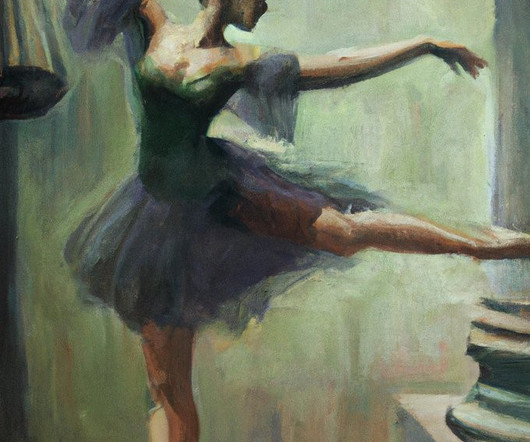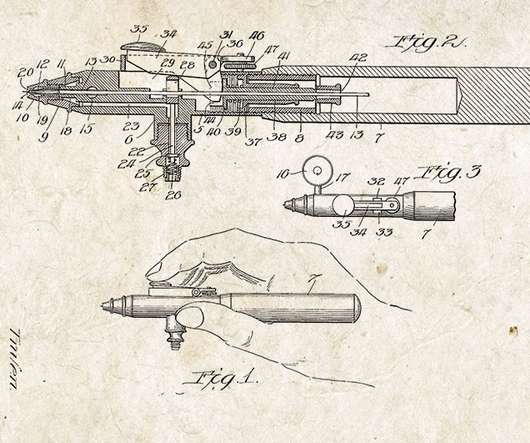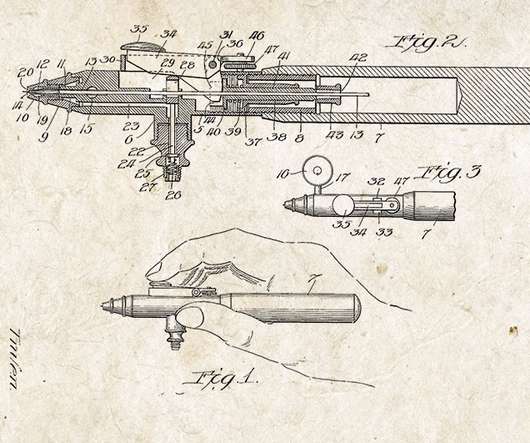How A Century-Old Insight of Photography Can Inform Legal Questions of AI-Generated Artwork (Guest Blog Post)
Technology & Marketing Law Blog
AUGUST 2, 2023
Do these creations belong to the artists or the public domain? Copyright Office took a stance against generative-AI works, cancelling a copyright claim by author Kris Kashtanova for comic book images made with the aid of Midjourney. s advertisement for hats, copying Sarony’s Oscar Wilde No. By guest blogger Prof.













Let's personalize your content